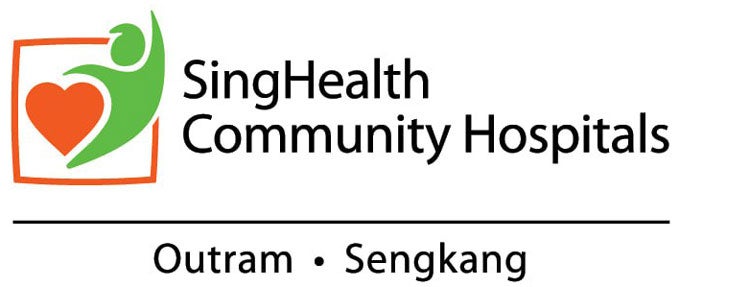SingHealth Community Hospitals will NEVER ask you to transfer money over a call. If in doubt, call the 24/7 ScamShield helpline at 1799, or visit the ScamShield website at www.scamshield.gov.sg.
Diabetes Mellitus Part 1

Our Staff Registrar, Dr Andrew Wong Peng Yong from Sengkang Community Hospital (SKCH) shares tips on Diabetes Mellitus amongst older adults.
What type of Diabetes Mellitus is common amongst older adults? Why is this so?
There are 2 main types of Diabetes Mellitus (DM) – Type 1 (T1DM) and Type 2 (T2DM). Patients with T1DM are usually younger (e.g. children, teenagers) and are dependent on insulin for good sugar control. Patients with T2DM are normally older (e.g. from 30 years and beyond) and may not be dependent on insulin on the outset. Their bodies may not respond to insulin due to resistance, usually brought about by obesity due to dietary indiscretion and relative sedentary lifestyle.
How will Diabetes Mellitus affect the recovery of patients who are hospitalised in the community hospitals?
Many of our elderly patients are admitted into SingHealth Community Hospitals (SCH) for rehabilitation and continuing care, due to medical conditions such as pneumonia or they have just undergone a surgery at the acute hospitals. We found that many of our patients also have Diabetes Mellitus as part of their medical condition.
The presence of Diabetes Mellitus, predisposes our patients to slower recovery, and repeated and multiple infections. This may in turn further limit their rehabilitation process, prolong their hospital stay and in some instances, result in them being readmitted to the acute hospitals.
Why does having Diabetes Mellitus cause slower recovery and wound infections for these patients?
Diabetes Mellitus in the long run could lead to atherosclerosis (narrowing of the arteries due to build-up of fats, cholesterol and other substances in and on the artery walls) and impair the circulatory system of these patients, thus restricting their blood flow.
With less blood flow, there will be less oxygen, nutrients and white blood cells (which help with healing) brought to their wounds.

What are the further complications of Diabetes Mellitus on one's health?
High resting sugar levels may lead to diabetic emergencies, in which large amount of urine is produced due to the presence of subsequent high urine sugar. This would lead to severe dehydration, salt imbalances and may result in circulatory collapse and coma which are life threatening.
Poorly controlled Diabetes Mellitus may accelerate the narrowing of blood vessels, both large and small, in patients. They face an increased risk of heart attacks, strokes, injury to retina deterioration of kidney functions or risk of amputations.
When at home, how can one monitor their diabetic conditions on their own?
Look out for symptoms of deterioration of the diabetic control, such as increased thirst, hunger or urination, loss of appetite and increased frequency of infections or bacterial skin infection, especially over the feet. Poor control could also manifest as development of numbness or tingling sensation over the palms or soles and worsening of vision. Seek help from your family physicians as soon as possible if you have such symptoms.
It is also important for them to engage in regular exercise, adopt a diet of low glycemic index and inspect their foot regularly. Technological advancement has also made it possible for flash sugar monitoring without the use of pricks by simply attaching a sensor on the back of the arms and capturing the whole day's readings on one's smart device. Consult your family physician for suitability of such monitoring.
Keep Healthy With
@2025 SingHealth Group. All Rights Reserved.
















